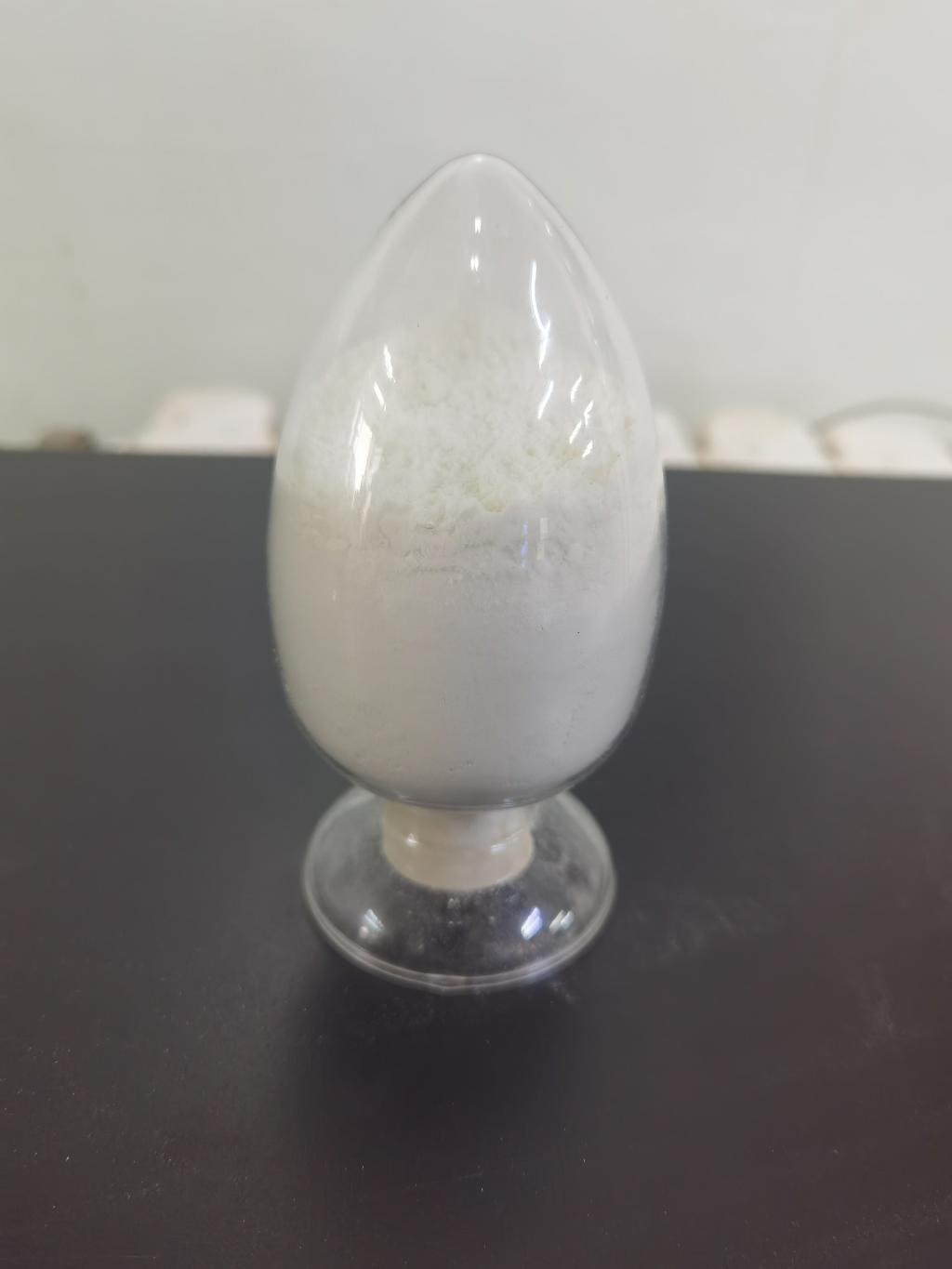Tel:0086 18231198596

News
Current Position:
Home >
News
>ε-Polylysine Hydrochloride in the Development of Eco-Friendly Pesticides
ε-Polylysine Hydrochloride in the Development of Eco-Friendly Pesticides
TIME:2024-02-18
The Environmental Impact of Conventional Pesticides:
a. Soil and Water Contamination: Conventional pesticides, often composed of synthetic chemicals, contribute to soil and water contamination. Runoff from treated fields can lead to the presence of harmful substances in water bodies, affecting aquatic ecosystems and biodiversity.
b. Non-Target Organism Harm: The indiscriminate nature of traditional pesticides poses a threat to non-target organisms, including beneficial insects, birds, and other wildlife. This unintended harm disrupts ecological balances and can have cascading effects on entire ecosystems.
The Need for Sustainable Agriculture:
a. Rising Demand for Food: With a growing global population, there is an increasing demand for food production. Sustainable agriculture aims to meet this demand while minimizing negative environmental impacts and preserving natural resources for future generations.
b. Eco-Friendly Pest Control: The development of eco-friendly pesticides is a key component of sustainable agriculture. These alternatives seek to control pests effectively while mitigating the environmental and ecological consequences associated with traditional pesticide use.
Introduction to ε-Polylysine Hydrochloride:
a. Natural Antimicrobial Peptide: ε-Polylysine hydrochloride is derived from natural fermentation processes, making it a natural and eco-friendly alternative to synthetic pesticides. Its antimicrobial properties offer potential applications in pest control without the adverse environmental effects.
b. Biodegradability and Non-Toxicity: One of the distinctive features of ε-polylysine hydrochloride is its biodegradability and non-toxic nature. This characteristic ensures that it breaks down into harmless components over time, minimizing its impact on the environment and non-target organisms.
Antimicrobial Properties and Pest Control:
a. Mode of Action: ε-Polylysine hydrochloride exerts its antimicrobial activity by disrupting the cell membranes of microorganisms. This mechanism is effective against various pests, including insects, fungi, and bacteria, providing a comprehensive solution for pest control.
b. Selective Toxicity: While ε-polylysine hydrochloride exhibits broad-spectrum antimicrobial activity, its selective toxicity can be tailored to target specific pests, minimizing the impact on beneficial organisms and supporting sustainable pest management practices.
Potential Applications in Agriculture:
a. Crop Protection: ε-Polylysine hydrochloride can be formulated into pesticides to protect crops from a range of pests, including insects, fungi, and bacteria. Its versatility allows for the development of targeted and effective solutions for different agricultural contexts.
b. Seed Treatment: The application of ε-polylysine hydrochloride in seed treatments can protect seeds from soil-borne pathogens, ensuring healthier seedlings and promoting sustainable crop establishment practices.
Reduced Residue Levels:
a. Residue Concerns in Agriculture: Residues from synthetic pesticides can accumulate on crops, leading to concerns about food safety and potential health risks for consumers. Eco-friendly pesticides, such as those based on ε-polylysine hydrochloride, offer a solution to minimize residue levels.
b. Consumer Confidence: Reduced residue levels contribute to consumer confidence in the safety of agricultural products. The adoption of ε-polylysine hydrochloride in pest control practices aligns with consumer preferences for food products with minimal chemical residues.
Integration with Integrated Pest Management (IPM):
a. Synergy with IPM Practices: ε-Polylysine hydrochloride can be integrated into Integrated Pest Management (IPM) practices, emphasizing a holistic and sustainable approach to pest control. IPM combines various strategies, including biological controls and cultural practices, to reduce reliance on chemical interventions.
b. Supporting Biological Controls: By specifically targeting harmful pests while preserving beneficial organisms, ε-polylysine hydrochloride complements the biological control aspect of IPM. This synergy contributes to a more balanced and sustainable pest management system.
Challenges and Considerations:
a. Formulation Optimization: Achieving optimal formulations of ε-polylysine hydrochloride for specific pests and crops requires thorough research and development. Formulation optimization is crucial to maximize efficacy while ensuring ease of application.
b. Regulatory Approval: The regulatory approval process for new pesticides involves rigorous assessments of safety, efficacy, and environmental impact. Obtaining regulatory approval for ε-polylysine hydrochloride-based pesticides requires collaboration between researchers, regulatory bodies, and the agricultural industry.
Future Perspectives and Collaborative Research:
a. Continued Research: Ongoing research into the applications of ε-polylysine hydrochloride in pest control is essential for uncovering new possibilities and optimizing existing formulations. Collaborative efforts between scientists, agronomists, and agricultural companies can drive advancements in the field.
b. Global Adoption: As the benefits of ε-polylysine hydrochloride in eco-friendly pest control become more apparent, global adoption is likely to increase. Awareness campaigns and educational initiatives can promote the widespread acceptance of this sustainable alternative.
Environmental Impact Assessment:
a. Life Cycle Analysis: Conducting a life cycle analysis of ε-polylysine hydrochloride-based pesticides is crucial to understand their overall environmental impact. This assessment should consider factors such as production, application, and degradation to ensure a comprehensive evaluation.
b. Ecotoxicity Studies: Assessing the ecotoxicity of ε-polylysine hydrochloride to non-target organisms, including beneficial insects and aquatic life, is important for gauging its ecological impact. These studies can inform best practices and mitigation strategies.
Conclusion:
The integration of ε-polylysine hydrochloride into the development of eco-friendly pesticides marks a significant stride towards sustainable agriculture. As the global agricultural industry seeks alternatives to traditional pesticides with their associated environmental concerns, natural and biodegradable solutions like ε-polylysine hydrochloride emerge as promising options. By harnessing its antimicrobial properties, selective toxicity, and versatility, ε-polylysine hydrochloride has the potential to revolutionize pest control practices, offering effective protection for crops while minimizing the impact on the environment and non-target organisms. As researchers, regulators, and agricultural stakeholders collaborate, ε-polylysine hydrochloride could play a vital role in shaping the future of sustainable and environmentally responsible pest management in agriculture.

 CONTACT
CONTACT




